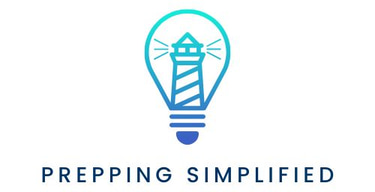COMMUNICATIONS:
In times of disaster or crisis, staying connected with loved ones and receiving timely information can be life-saving.
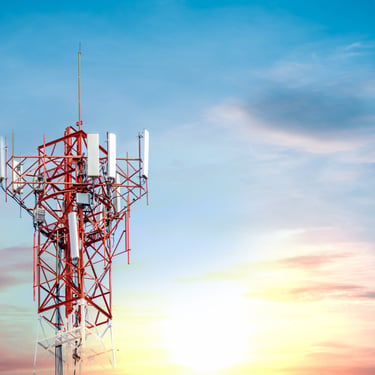
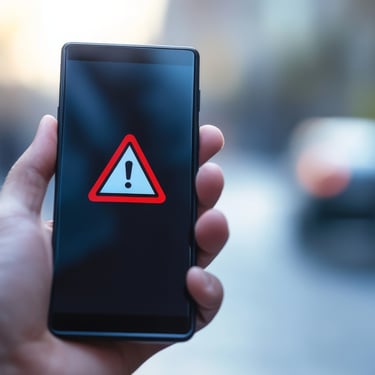
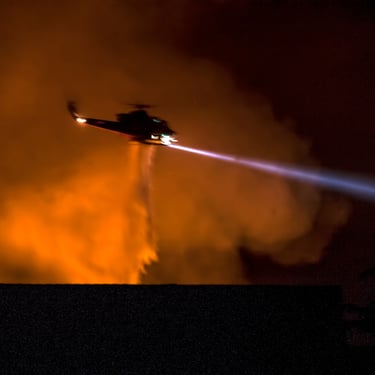
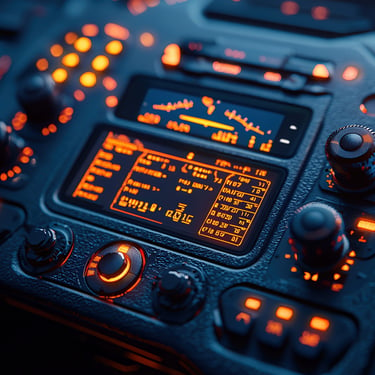
Effective communication ensures coordination, access to help, and better decision-making. Whether it’s natural disasters, off-grid living, or grid failures, having the right communication tools and plans in place is crucial.
1. Establishing an Emergency Communication Plan
Having a clear plan in place allows family members to stay in touch and know what to do when communication networks are down.
Key Elements of a Communication Plan:
Designate Meeting Points: Establish safe locations to regroup in case of separation.
Emergency Contacts: Keep a list of local and out-of-area emergency contacts.
Communication Chain: Assign roles to pass messages among family or group members.
Written Copies: Have hard copies of plans and phone numbers in each vehicle and emergency kit.
Tip: Practice your communication plan at least twice a year. Simulate scenarios where mobile networks are down and see how quickly your family can regroup.
Real-Life Scenario: After Hurricane Sandy, families who pre-designated meeting points were able to reunite faster despite power outages and overwhelmed phone lines.
Do: Involve the entire family in developing the plan.
Don’t: Rely solely on mobile phones. Networks can become overloaded.
Recommended Book:
"The Disaster Preparedness Handbook" – A guide covering comprehensive emergency planning, including communication strategies.
2. Choosing Reliable Communication Devices
In emergencies, mobile networks may fail. Alternative communication devices ensure contact with others when traditional means are unavailable.
Essential Devices:
Two-Way Radios: Ideal for short-range communication within family or community groups.
Emergency Radios: NOAA radios provide weather updates and alerts.
Satellite Phones: Operate independently of cellular networks.
Signal Flares and Whistles: Simple yet effective for non-verbal communication.
Tip: Invest in a high-quality two-way radio set and practice using it in your neighborhood or outdoor areas to ensure familiarity.
Real-Life Scenario: During California wildfires, two-way radios allowed communities to coordinate evacuations when cell towers failed.
Do: Keep batteries and backup power sources for all communication devices.
Don’t: Forget to test equipment regularly.
Top Pick: Two-Way Radio
Midland GXT1000VP4 Radio Set – Long-range communication with NOAA weather alerts and emergency channels.
Recommended Book:
"Ham Radio for Dummies" – Perfect for beginners looking to get into emergency communication.
3. Staying Informed with Emergency Radios
Radios are a lifeline for receiving critical updates from government agencies and weather services.
Types of Emergency Radios:
Hand-Crank Radios: Operate without batteries, ensuring functionality during prolonged outages.
Solar-Powered Radios: Charge through sunlight, reducing reliance on batteries.
NOAA Weather Radios: Provide real-time updates directly from meteorological services.
Actionable Tip: Keep a battery-powered or solar emergency radio in your car and home. Tune in to local emergency broadcasts during severe weather events.
Real-Life Scenario: In the Midwest tornado season, emergency radios allowed residents to take shelter minutes before tornadoes struck.
Do: Store your radio in a waterproof bag.
Don’t: Overlook the importance of backup radios.
Top Pick: NOAA Emergency Radio
FosPower Emergency Radio – Solar, hand-crank, and battery-operated with NOAA weather channels.
4. Learning and Using Ham Radio for Long-Range Communication
Ham radio is a valuable skill for long-range communication when cellular and internet services are down.
Getting Started with Ham Radio:
Licensing: Obtain a license by passing a basic exam.
Equipment: Start with handheld ham radios and expand to base stations.
Community Networks: Join local ham radio groups to gain experience and participate in emergency drills.
Tip: Study for the ham radio licensing test and practice during local ham radio club events.
Real-Life Scenario: During Hurricane Maria, ham radio operators played a crucial role in connecting Puerto Rico with emergency responders on the mainland.
Do: Invest in a portable ham radio for mobility.
Don’t: Operate ham radios without the necessary license.
Top Pick: Beginner Ham Radio Kit
Baofeng UV-5R Ham Radio – Affordable, versatile, and widely recommended by preppers.
Recommended Book:
"ARRL Ham Radio License Manual" – Official guide to getting licensed and using ham radio effectively.
5. Signal and Visual Communication Techniques
In situations where technology fails, traditional signaling methods can bridge the communication gap.
Effective Signaling Tools:
Signal Mirrors: Reflect sunlight to attract attention over long distances.
Flags and Banners: Use visible materials to signal for help or identify your location.
Ground Symbols: Create large symbols visible from the air.
Tip: Pack signal mirrors and whistles in your survival kit and practice signaling with them during outdoor activities.
Real-Life Scenario: Lost hikers in the Grand Canyon used signal mirrors to alert search and rescue teams, speeding up their recovery.
Top Pick: Signal Mirror
UST StarFlash Signal Mirror – Compact, durable, and effective for long-distance signaling.
Effective communication during emergencies can mean the difference between safety and danger. By preparing with the right tools, establishing plans, and practicing regularly, you ensure that you and your loved ones stay informed and connected during crises. Equip yourself with reliable communication devices, build essential skills like ham radio operation, and make emergency planning a family priority.
Disclaimer:
This site contains affiliate links to Amazon. As an Amazon Associate, I may earn a commission from qualifying purchases. Your support helps keep the site running, with no extra charge to you.
The information provided on this website is for general informational purposes only. While we strive to ensure accuracy and reliability, the content is not intended as professional advice. Always consult with qualified professionals for specific needs or situations.
